ケインズ研究メモ
■ 伊東光晴さんの本(2006)から
|
古典派の労働需給曲線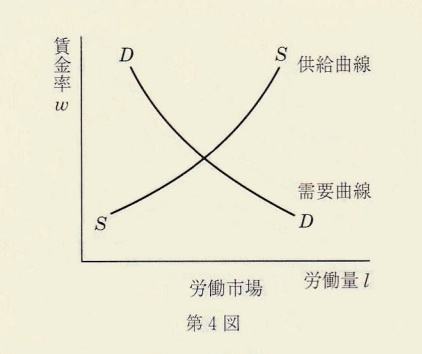
from p.61, 2006, 伊東 光晴 |
ケインズの労働需給曲線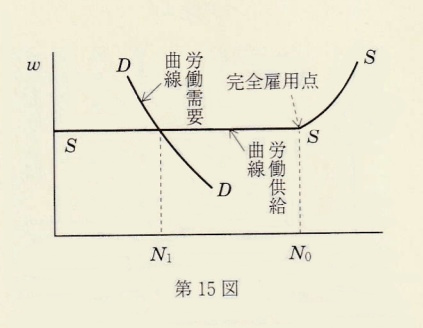
from p.76, 2006, 伊東 光晴 |
群盲象を評す from Wikipedia |
ケインズの労働需給曲線における古典派の説明範囲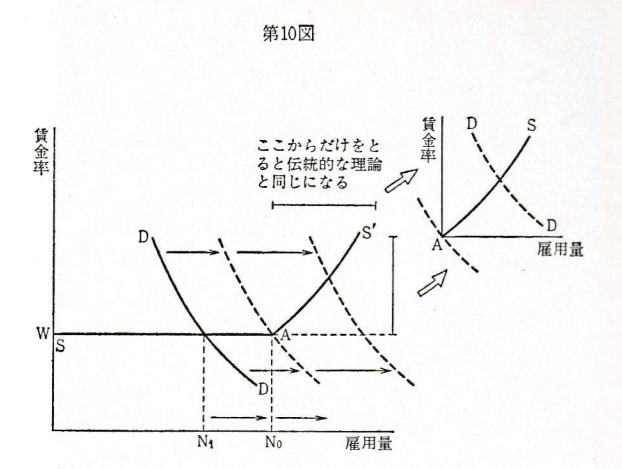 from p.100, 1962, 伊東 光晴 (derived from L. R. Klein) |
|
■ 本荘さんの論文(2019)から
(Ⅰ) 賃金は労働の[価値]限界生産物に等しい。
The wage is equal to the marginal product of labour.
(Ⅱ) 一定の労働量が雇用されている場合、賃金の効用はその雇用量の限界負効用に等しい。
The utility of the wage when a given volume of labour is employed
is equal to the marginal disutility of that amount of employment.
|
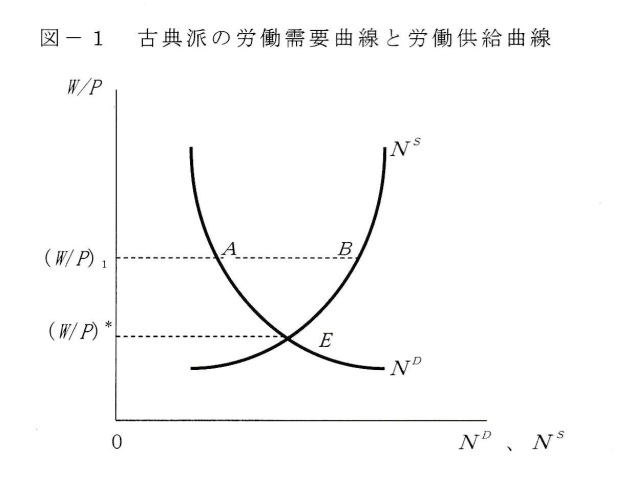
from 2019, 本荘 康生 |
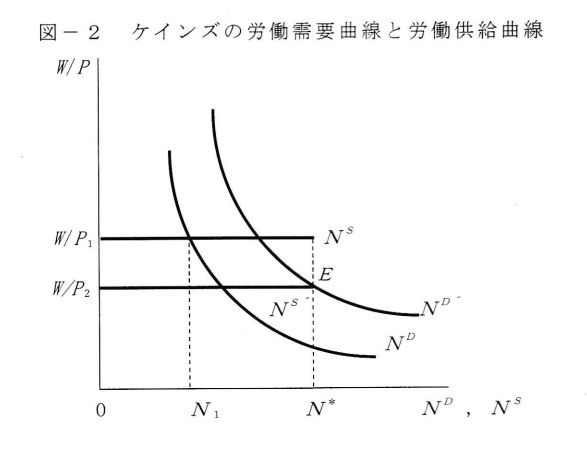
from 2019, 本荘 康生 |
まず、貨幣賃金を $W$、物価水準を $P$ として、実質賃金の定義 $ Y = \frac{W}{P}$ から、
$ \frac{d Y}{d W} = \frac{1}{P^2} (P - W \frac{d P}{d W}) = \frac{W}{P^2}(\frac{P}{W} - \frac{d P}{d W}) $
すなわち、 $\frac{W}{P}$ と $W$ の変動の相反は、$ \frac{P}{W} < \frac{d P}{d W} $ のときに限って発生する。
次に、この条件と利潤計算式 $ \pi = P \cdot q - (FC + u \cdot q + W \cdot l)$ との関係を見るため、
利潤最大化条件 $ \frac{d \pi}{d q} = 0 $ から $ P = u + W \cdot \frac{d l}{d q} $ を得て、
上記の相反条件は、$u$ が $W$ に依存しないと仮定すれば、$ \frac{d l}{d q} $ を使って、次のようにも書けるが、
$ \frac{P}{W} < \frac{d P}{d W} = \frac{d l}{d q} + W \cdot \frac{d}{d W}(\frac{d l}{d q}) $
右辺第2項の複雑さから、使いやすいものではないので、$ \frac{d l}{d q} $ を使った説明は分かりにくくなる可能性がある。
(すなわち、左辺で説明した方が分かりやすい)
 |  |
 |  |
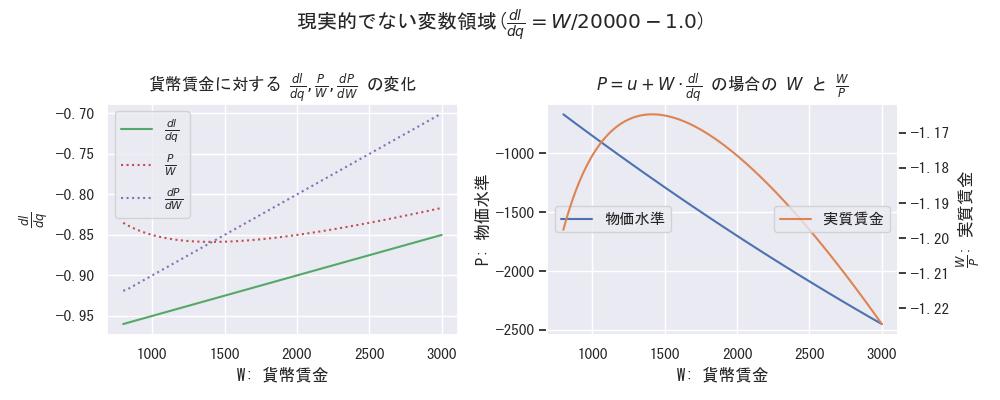 | 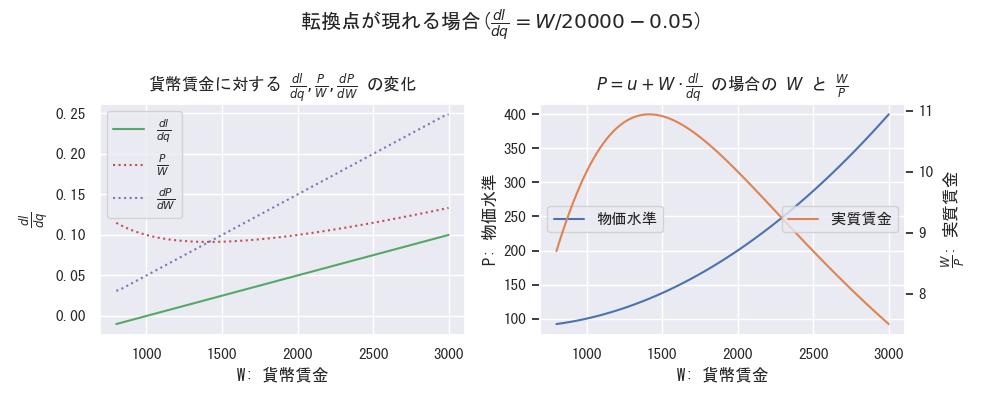 |